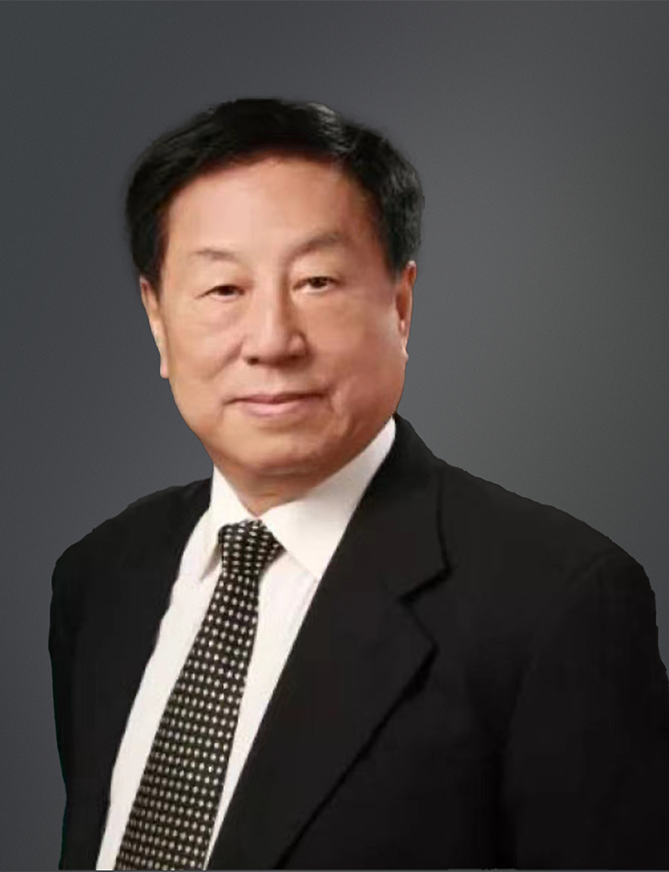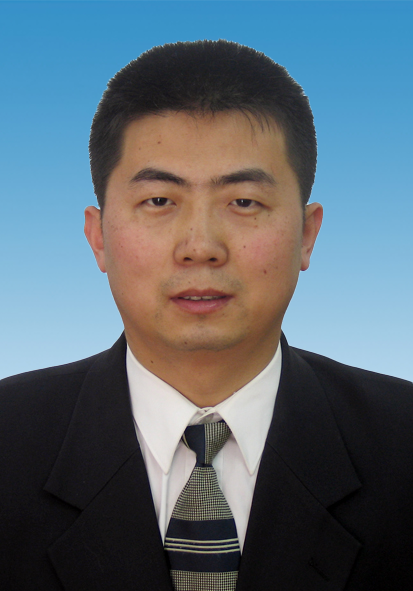The safety and resilience of the infrastructure, as a cornerstone of the urban development, has been receiving increasing attention with the accelerated urbanization worldwide. The infrastructure is vulnerable to a number of natural and man made hazards, such as, e.g., earthquakes, floods, typhoons, fires and explosions, which may cause loss of life and injuries, damage to structures property and other indirect economic losses. Consequently, insuring the safety and resilience of the infrastructure has become a common challenge for the engineering community worldwide.
To address this challenge, the organization of the International Conference on Safety and Resilience of Infrastructure (ICSRI) was initiated. Planned as a series of biennial international meetings, it is intended to serve as a platform for uniting researchers from all over the world to share ideas, research results, technological developments, and results of practical applications on the common theme of infrastructure safety and resilience. Useful ideas and solutions for the development of the global infrastructure safety and resilience will be proposed to promote a better development for a community with a shared future of mankind.
The first conference is being organized by the National Facility for Earthquake Engineering Simulation (NFEES) and the School of Civil Engineering of Tianjin University and will be held from 12th to 15th August 2024 in Tianjin, China.
We look forward to it and wish it is successful.
The topic main theme of ICSRI is the safety and resilience of infrastructure exposed to natural and man-made hazards (such as earthquakes, strong winds, floods, tsunamis, extreme weather, induced seismicity, fires, explosions, etc.). The specific topics and scope include but are not limited to the following:



